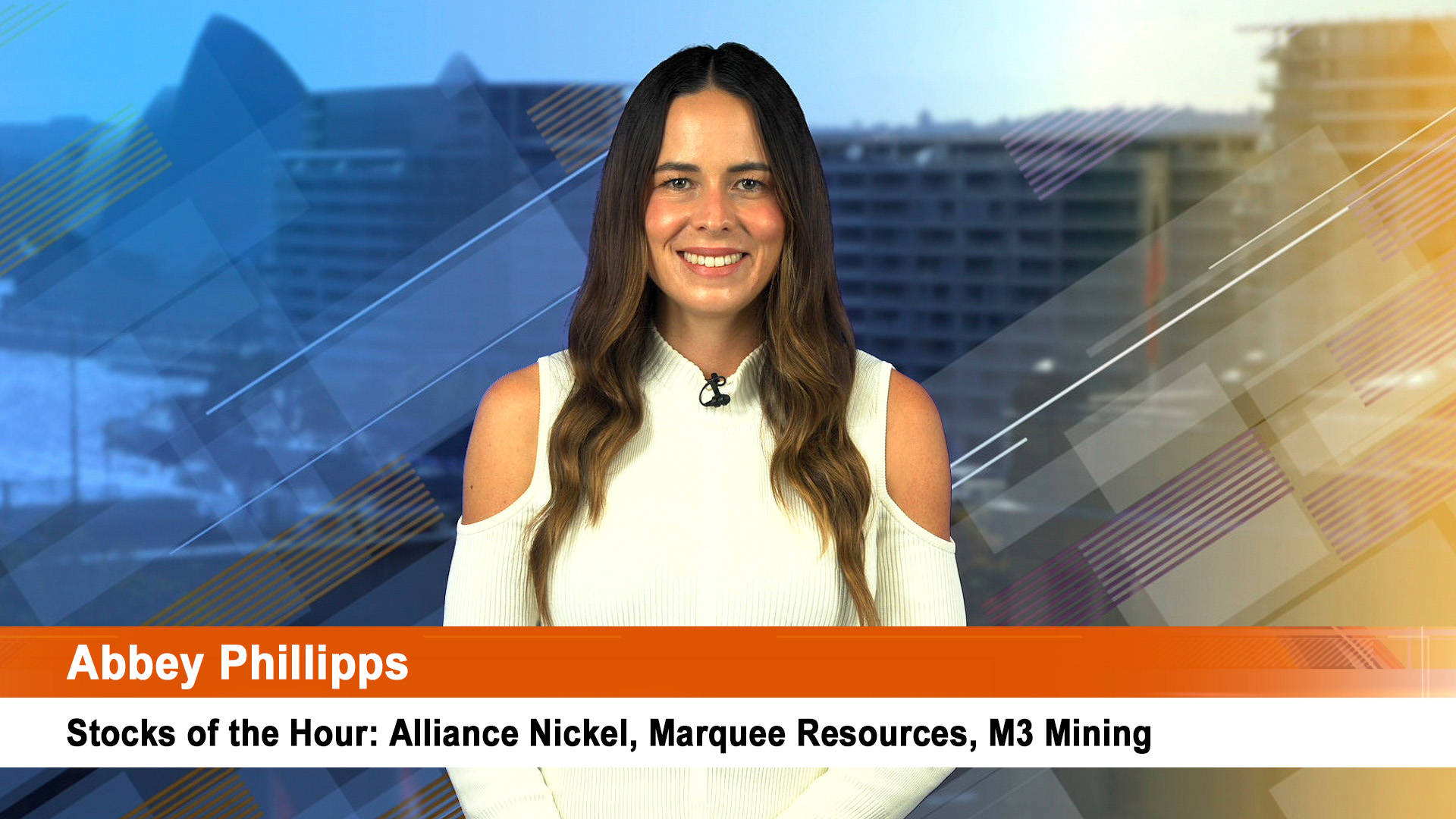With London and Wall Street closed overnight, our market inched higher yesterday in something of a blindspot. Asian markets were also quiet, mostly for the same reason.
Trading this morning will be equally hesitant because of the lack of a lead from important offshore markets overnight.
The ASX 200 added 20 points to 5513 and the All Ords was up a similar amount.
Markets have been dominated by the easy money policies of the Fed, the Bank of England and the Bank of Japan, and possibly the European Central Bank when it meets next week.
Wall Street has wandered to a series of new highs for the Dow and the S&P 500, but much of those gains have then been eroded in days of grinding, low volume trading.
Bond market yields are one complication – they are still near six month lows in many markets, instead of heading higher (and boosting shares).
As we approach the end of May, the market’s gains have been less than startling, especially compared to the same period on 2013.
Gains are a fraction of the 10-15% gains seen last year at this time.
This week is the anniversary of the big falls (especially for gold and sliver) when former Fed chairman Ben Bernanke first raised the timing of when the Fed would start tapering its quantitative easing.
A year on, that so-called taper tantrum now looks odd and more a reaction to overstretched valuations in emerging markets as much as fears about the Fed’s moves, which are now continuing monthly without too much fear.
Share prices and markets are higher than a year ago and mostly higher than the end of 2013. But more and more analysts wonder if the marker is due for a bit of a reality check.
As a result, some analysts reckon the market could be setting itself up for a bit of a mid year funk – with losses and a slow fall in activity during the northern summer.
The AMP’s Dr Shane Oliver has been warning of a possible mid-year slide for some weeks now.
He again wrote in its weekend note that shares "remain vulnerable to a mid-year correction, consistent with weak seasonal influences that kick in around May and continue into the September quarter.
"However, with shares having been in a bit of a stealth correction all year, any pull back may well be mild and in any case the broad trend in shares is expected to remain up.
"Share market fundamentals remain favourable with reasonable valuations, global earnings are improving on the back of rising economic growth and monetary conditions are set to remain easy for some time.
"So any dip should be seen as a buying opportunity.
"Our year-end target for the ASX 200 remains 5800," Dr Oliver wrote. The ASX 200 ended around 5512 yesterday.
Dr Oliver said he sees the Aussie dollar resuming its "broad downtrend" now that short positions have largely (been) unwound.
"Commodity prices remain relatively soft, interest rate hikes are getting pushed out and the $A is likely to revert to levels that offset Australia’s relatively high cost base," Dr Oliver said.
Yesterday analysts at Deutsche Bank got publicity for a forecast of mid-year weakness in the market. They cut 5% from their end-of-year forecast for the ASX 200 and become more cautious on mining stocks. Deutsche analysts believe the strong Aussie dollar and weakening commodity prices will hurt corporate earnings in the full year reporting season.
They forecast the market will be closer to 5,700 at the end of this year than 6,000. That means the gains from now until the end of the year could be 200 points or so – which is not much at all.
Deutsche said in a client note issued yesterday that it was "taking some risk off the table" in response to what they see as a "mid-year swoon", although they added they "are not moving outright defensive" because they still see a stronger earnings environment to emerge later in the year.
The bank reckons China will remain soft and believe because of this, mining stocks no longer look good value.













